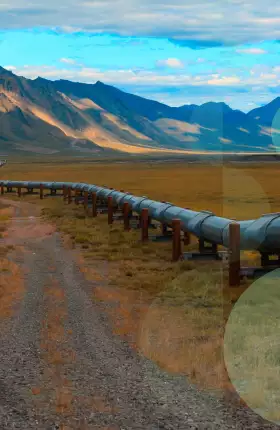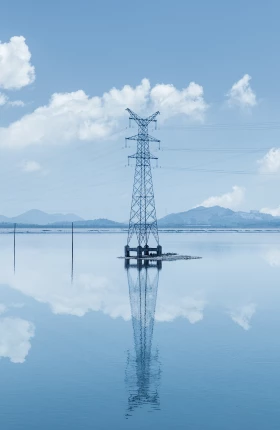Our deep expertise spans markets and economics, carbon and technology, capital and investors, focusing on the actions, geopolitics and resilience, and the microdynamics of politics and specific policies. We offer nuanced, constructive ideas and solutions covering the future availability, economics, and sustainability of the world’s energy sources—and the implications for energy companies, industries, investors, consumers, and governments. The CEI team is committed to facilitating informed, innovative discussions to make our world sustainable.
Our Latest Insights from BCG's Center for Energy Impact









Insights on Driving the Energy Transition






Hear From Our Experts

Tom Brijs
-
 In Conversation: James Matthys-Donnadieu of Elia
In Conversation: James Matthys-Donnadieu of Elia In Conversation: James Matthys-Donnadieu of Elia
In Conversation: James Matthys-Donnadieu of EliaTom Brijs
-
 Navigating the Energy Transition
Navigating the Energy Transition Navigating the Energy Transition
Navigating the Energy TransitionMaurice Berns
-
 In Scaling Climate Businesses, Partnerships Are Key
In Scaling Climate Businesses, Partnerships Are Key In Scaling Climate Businesses, Partnerships Are Key
In Scaling Climate Businesses, Partnerships Are KeyAlex Dewar
-
 Powering Bahrain’s Future: Inside the Kingdom’s Energy Transition Strategy
Powering Bahrain’s Future: Inside the Kingdom’s Energy Transition Strategy Powering Bahrain’s Future: Inside the Kingdom’s Energy Transition Strategy
Powering Bahrain’s Future: Inside the Kingdom’s Energy Transition StrategyMaurice Berns
-
 Rallying Around Climate
Rallying Around Climate Rallying Around Climate
Rallying Around ClimateMaurice Berns
-
 Strategies for a More Sustainable Future
Strategies for a More Sustainable Future Strategies for a More Sustainable Future
Strategies for a More Sustainable FutureMaurice Berns
-
 Building the Hydrogen Economy
Building the Hydrogen Economy Building the Hydrogen Economy
Building the Hydrogen EconomyMaurice Berns
エネルギートランジション
Meet BCG's Center for Energy Impact Leadership Team











